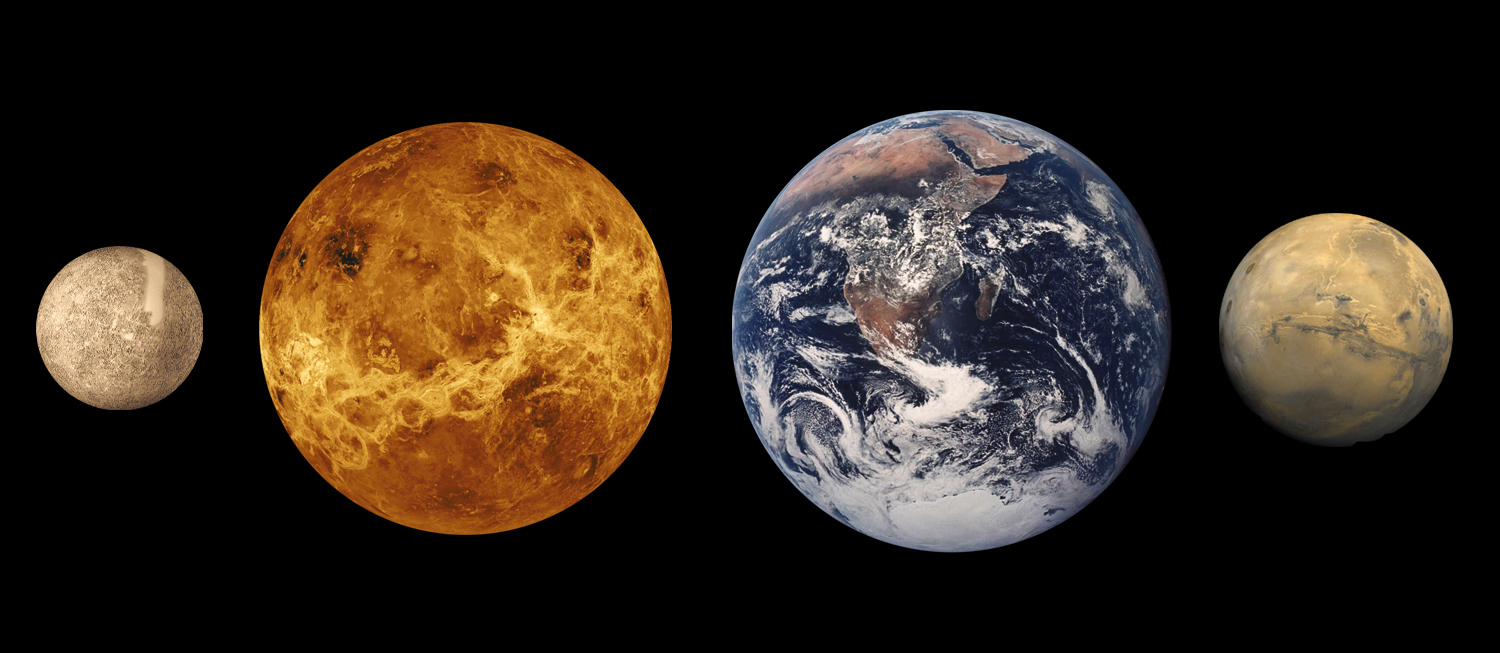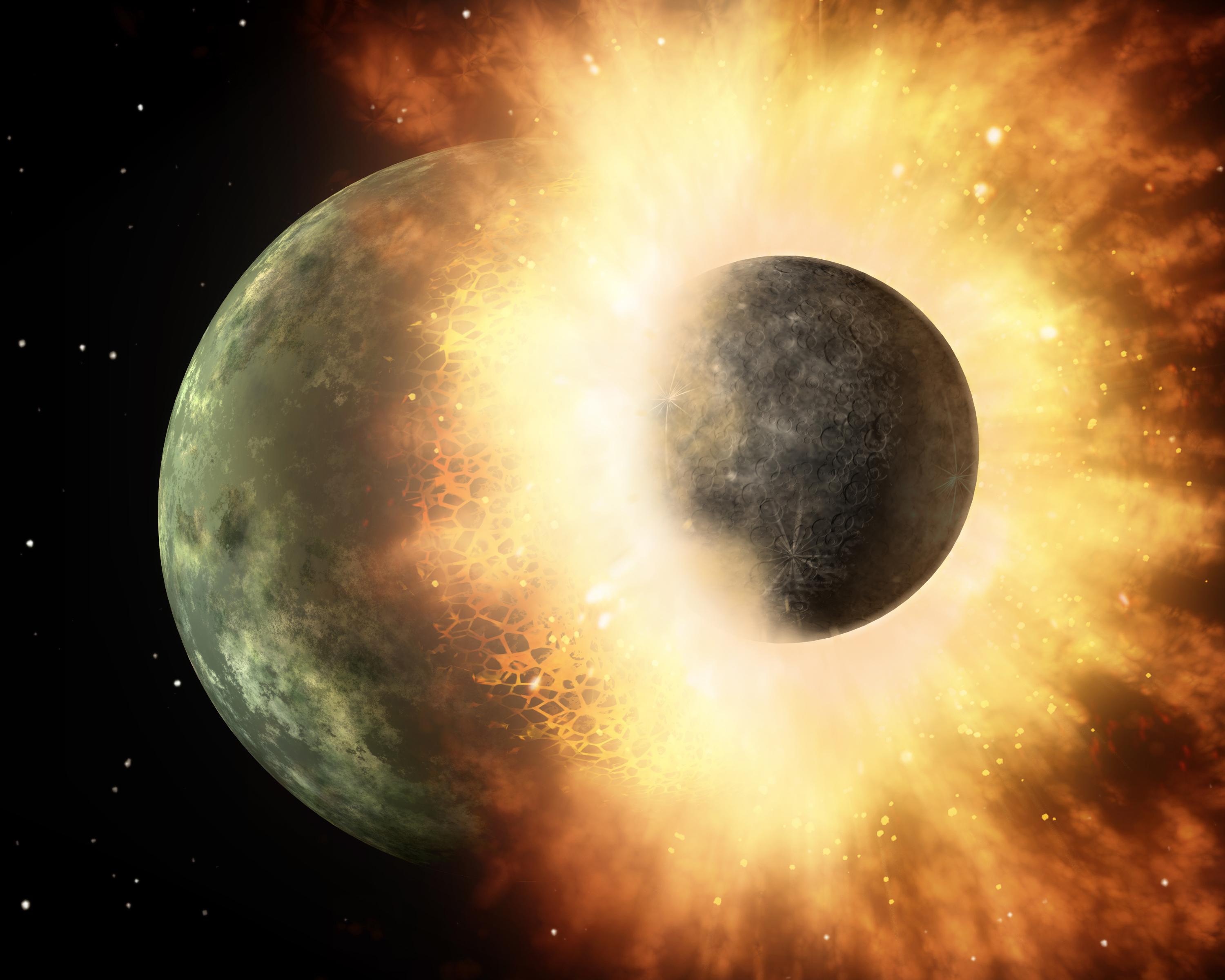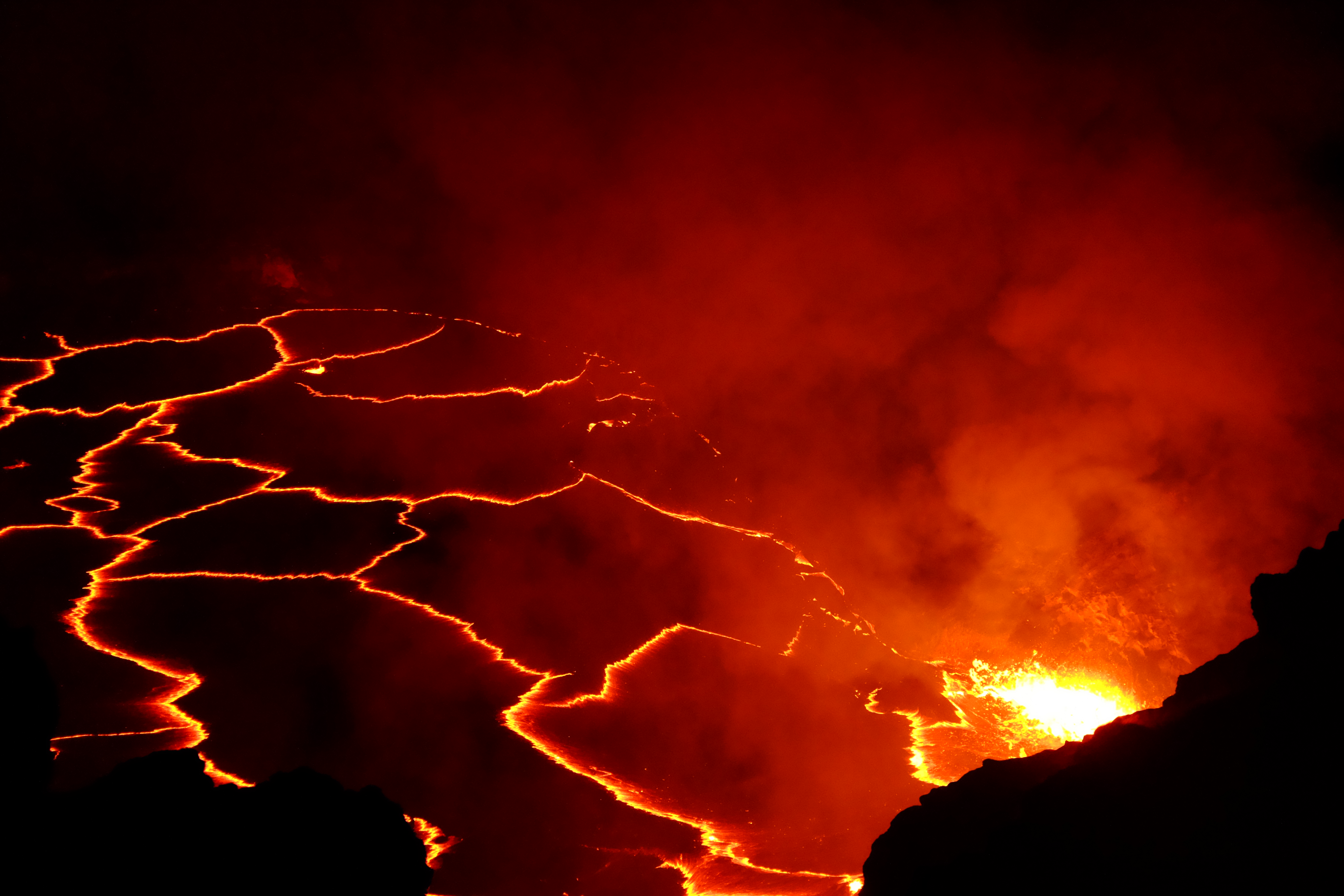Are Plate Tectonics Key To Life? Maybe Not

Earlier this year, researchers announced they had found fossils of microbial life in the rocks of northern Quebec, Canada dating to at least 3.77 billion years old, making them the oldest known life form on Earth. It was an astounding assertion, given that the Earth itself is less than a billion years older and is a sign that if life could arise relatively quickly on Earth it may be common in the universe.
The discovery has set off an active debate in the scientific community because the purported fossils, a set of filaments and tubes left behind by iron-eating bacteria, could instead be a product of geological processes over time. Although the University College London team which produced the findings remains confident of them, this development in origins of life research exposes the challenges of conducting microbiology studies in the ancient era of Earth's history.
Now, a new paper takes a different look at examining rocks from the Hadean era. Guillaume Caro, a geochemist at the University of Lorraine in France, is the lead author of a study examining how traces of the Earth's earliest crust could be preserved in the ancient rocks that laid the foundation for Earth's geologic history. He looked at rocks in northern Quebec from the Hadean period, a geologic era ranging from 4 billion to 4.5 billion years ago when the oceans first formed, continents began to grow, and life may have first appeared. [Ancient Earth: Pummeled, Cracked and Oozing Magma]
Caro sought evidence of rocks that had been recycled inside the Earth during early periods, specifically mafic (igneous) rocks in the Ukaliq supracrustal belt in northern Quebec, and found anomalies in a short-lived radioactive element called neodymium 142.
"It can only have been produced prior to 4 billion years old, so we can use it to track what happens with the earliest terrestrial proto-crust," said Caro.

He suggested that the isotopic anomalies in the rocks, which are themselves 3.8 billion years old, indicate leftovers of an older crust from 600 million years earlier. This old crust sank into the mantle and its recycling triggered new magmatism.
Caro explained that while the older crust is no longer there, hints of what it looked like are apparent through the geochemical and isotopic signatures it left behind. Previously, researchers thought that the rocks were about 4.3 billion years old, based on anomalies in an isotope of neodynium. Caro's team instead states that the rocks are 3.75 billion years old — more than half a billion years younger — and the anomalies are actually remnants of the old crust.
Get the Space.com Newsletter
Breaking space news, the latest updates on rocket launches, skywatching events and more!
Rocks routinely get recycled into the mantle. Even though their form is destroyed, it is possible to detect signatures of the molten material through its isotopic properties. However, this same process also makes it difficult to detect older life in the fossils because the microfossils can get distorted through geological activity.
Caro's study, "Sluggish Hadean geodynamics: Evidence from coupled 146,147Sm–142,143Nd systematics in Eoarchean supracrustal rocks of the Inukjuak domain (Québec)," was published earlier this year in Earth and Planetary Science Letters.
Changing crusts
The results may be highly significant given an impact event from 4.4 billion years ago, the time he and other scientists suggest the first-generation crust was formed. A world about the size of Mars smashed into Earth, creating a ring of debris encircling our planet that eventually coalesced into our modern day moon. This collision, he pointed out, would have melted the mantle and created a global magma ocean that then cooled down, solidified and ultimately generated the first terrestrial crust.
"This was the process by which the first terrestrial crust was produced," he said. "The signature we found was not this 4.4-billion-year-old rock, but the signature inherited from it after recycling."
Even more strangely, it took 600 million years to recycle the material, an amount of time substantially greater than then 100 million-year timeframe of modern-day plate tectonics.
"What it means is the Earth was in a sluggish plate tectonic mode, or a stagnated mode, like Venus," Caro said. "This is something often suggested by models of geo-dynamics, but hard to demonstrate by observation.”
The main theory behind this sluggishness is a hotter mantle, which makes the subduction of the crust slower, he said.
"If you want to connect the story to the issue of early life, I think you could look at it under the angle of plate tectonics. A number of people have recently suggested that plate tectonics is an 'ingredient' of life because it helps regulate the climate system by recycling carbon into the mantle," Caro said.

He added that life may have formed at a time when Earth's plate tectonics were not as active, which could open up possibilities of life in other locations in the Universe where tectonics are non-active or dormant, such as Mars.
"If our interpretations are correct, and the Hadean Earth was in a stagnant or sluggish tectonic regime,” Caro said, “then it would imply that crustal recycling was much less efficient in the Hadean compared to the present-day, and therefore that life emerged on a planet in which geochemical cycles and climate were not regulated by plate tectonics as they have been through much of Earth's history.
This story was provided by Astrobiology Magazine, a web-based publication sponsored by the NASA astrobiology program. Follow Space.com @Spacedotcom, Facebook and Google+.
Join our Space Forums to keep talking space on the latest missions, night sky and more! And if you have a news tip, correction or comment, let us know at: community@space.com.

Elizabeth Howell (she/her), Ph.D., was a staff writer in the spaceflight channel between 2022 and 2024 specializing in Canadian space news. She was contributing writer for Space.com for 10 years from 2012 to 2024. Elizabeth's reporting includes multiple exclusives with the White House, leading world coverage about a lost-and-found space tomato on the International Space Station, witnessing five human spaceflight launches on two continents, flying parabolic, working inside a spacesuit, and participating in a simulated Mars mission. Her latest book, "Why Am I Taller?" (ECW Press, 2022) is co-written with astronaut Dave Williams.










